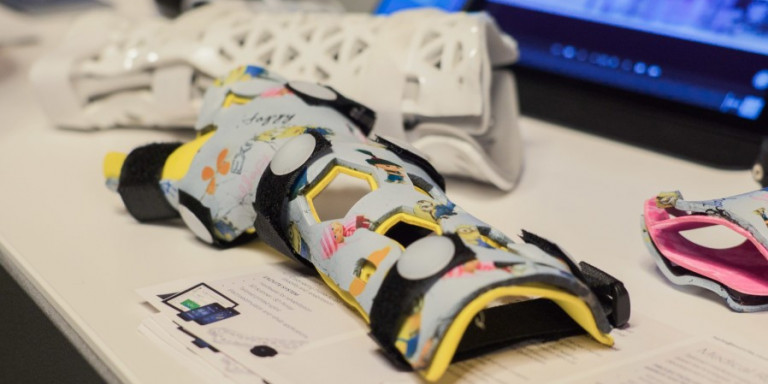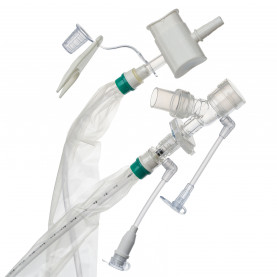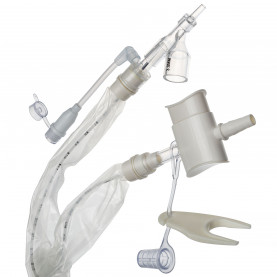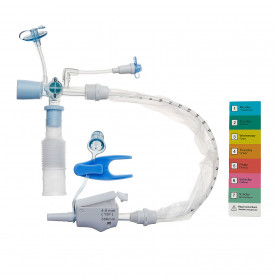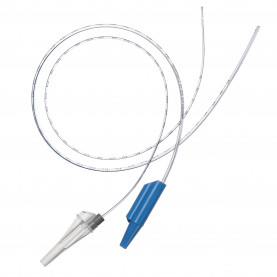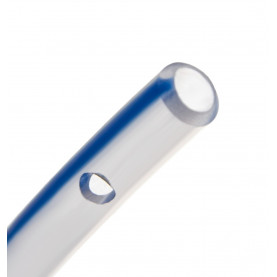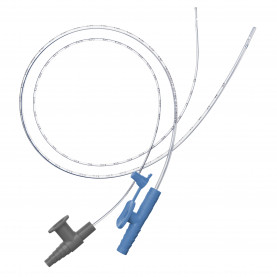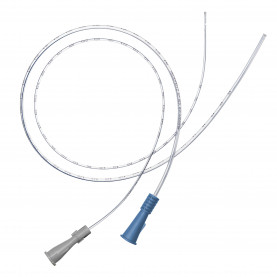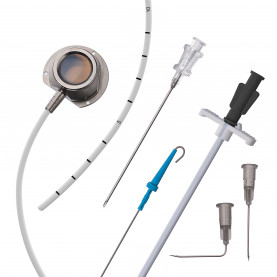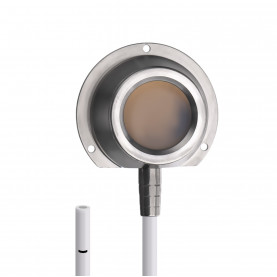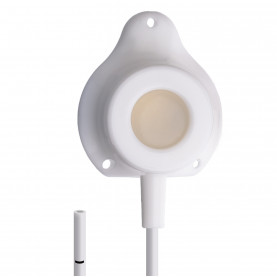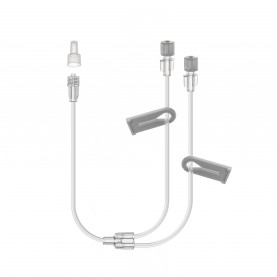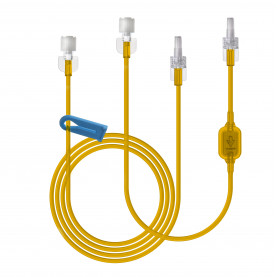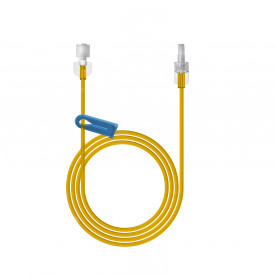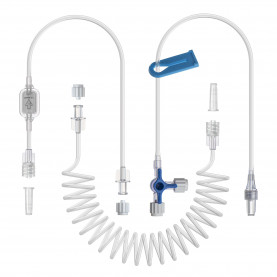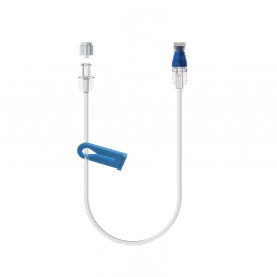3D PRINTER USED IN ISRAEL FOR FIRST TIME IN ORTHOPEDIC SURGERY
Such printers are becoming common and useful in many areas of life and are now making their way into medicine.
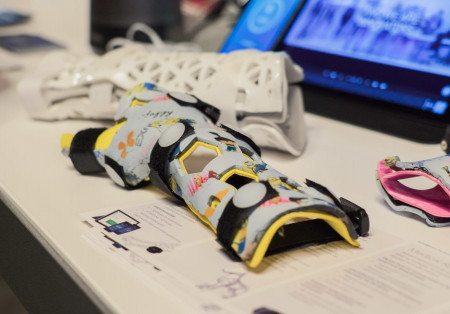
Three-dimensional printing has been used for the first time in Israel at Jerusalem’s Shaare Zedek Medical Center to repair congenital malformations in the arm of a patient.
The 13-year-old girl was successfully operated on using a “patient-specific instrument” – essentially a printed bone – giving her full function of the limb.
Such printers are becoming common and useful in many areas of life and are now making their way into medicine.
A new development by the 3D SynergyMed company body to- body 3D prints with 1:1 ratio accuracy. It is a revolution in the field of surgery for tumor removal, deformation repair, among other procedures, and significantly improves the success rate, a statement from Shaare Zedek said.
The girl arrived at the hospital’s hand surgery unit suffering from pain and a limitation in the movement of her right hand due to Madelung deformity.
This condition results from uneven growth of the radius bone near the wrist. It often has a genetic cause and is associated with dwarfism and a mutation on the X chromosome.
The deformity can be treated surgically by working on the deformed bony and ligamentous lesions.
The results of the CT scan on the girl’s arm showed distortions in two places in her right arm that caused severe pain and movement limitation; another one was also detected in her left arm, said Dr. Gershon Singer, head of the hand surgery unit who operated on the girl.
The most common surgeries for the treatment of these deformities include a single incision in the bone axis, reconstruction of the bone and a fixation. This usually resolves the pain problem, but the bone is not fully aligned and the patient’s movements remain restricted.
Printing of an accessory to be added to the bone is in three stages: Imaging tests are fed into an advanced system for 3D analysis, allowing the viewing all the angles of the object.
Then, the distortions are precisely located and the printed object is planned. It is then passed on to the company, which specializes in creating a customized accessory that is attached with magnets and placed on the defective limb.
This allows precise cutting and insertion of the screws to fix the bone,” explained Singer.
The use of this unique technology was first performed in Israel by Dr. Shlomo Dadia to remove a cancerous growth from the kidneys of a young girl. As a result, Singer decided to adapt the same technology to orthopedics to correct the congenital defect in his patient’s arm.
“We performed four incisions at very precise angles, including the placement of three screws that entered perfectly without deviation from the joint or incision. This is very difficult to complete without printing.” The surgery was successful, the patient reported a significant improvement in the pain level and the CT scan demonstrated bone fusion. The patient is expected to undergo a similar operation on her left arm and is expected to enjoy full activity and focus on her favorite hobby of learning languages.

